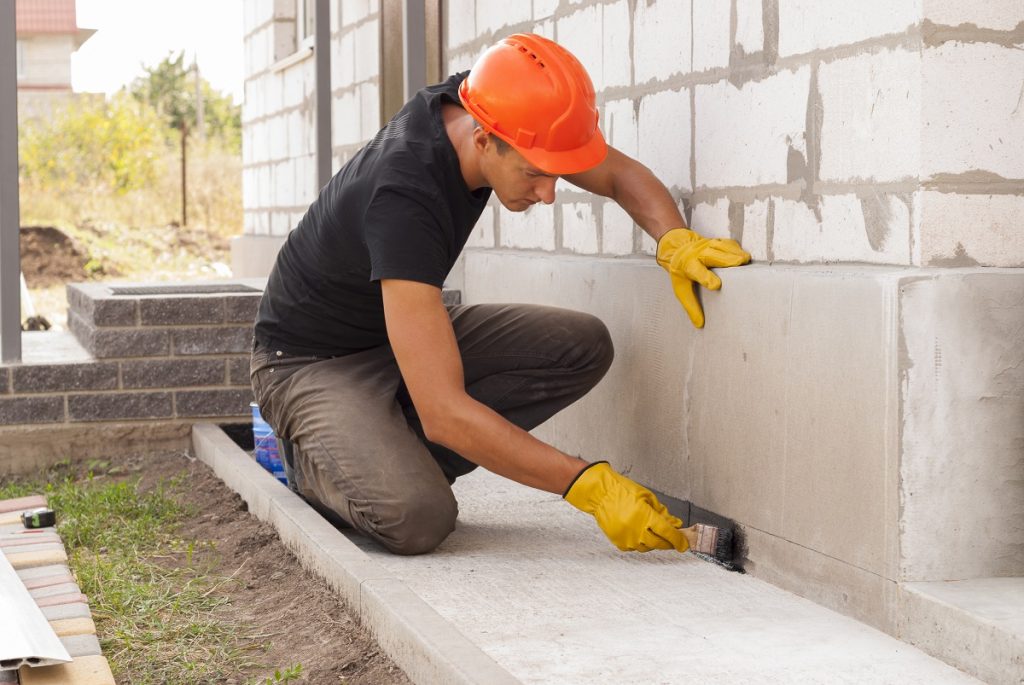Earthquakes occur as many times as you can imagine. The U.S. Geological Survey (USGS) estimates that 500,000 detectable earthquakes occur worldwide every year. You can’t feel all of them, but some earthquakes can cause serious damage. It’s important to ensure that your home can withstand such a calamity.
Determining Foundation Problems
One way to prepare your home for an earthquake is by checking if it has foundation problems. This inspection is crucial because a faulty foundation can be dangerous. Keeping your home’s foundation in good condition prevents costly repairs, as well.
During your inspection, see if your house foundation has cracks that need repair. Although minor cracks are typical of properties that have settled over the years, some can indicate more than a cosmetic problem. For instance, horizontal cracks may mean severe foundation shifting or water damage. The only way to tell if you have a serious problem on your hands is to get an expert to examine your walls.
You may also check if the doors and windows of your home close properly. If not, try finding cracks in the wall around the doors and window frames. They might indicate that something has suddenly shifted.
Problems in the foundation of your home occur due to several factors, such as:
- The differential movement caused by different moisture levels around and underneath the foundation
- Flooding
- Improperly prepared soil
- Trees too close to the house
- Frost heave
- Changes to nearby ground
Securing Your Home
 Once you have identified any foundation problems in your home, you must fix them immediately before they get worse.
Once you have identified any foundation problems in your home, you must fix them immediately before they get worse.
Apart from fixing the cracks in your home, there are other ways to help you prepare your home for earthquakes. These include the following:
- Exterior wall-to-foundation connection using anchor bolts – this is a code requirement where you have to bolt your exterior wall to foundation walls. It allows your home to resist the lateral movement of an earthquake.
- Exterior wall-to-foundation connection using retrofit foundation plates – an alternative for homes that have limited vertical clearance for anchor bolts.
- Cripple-wall shear reinforcement – this prevents the cripple walls from collapsing during an earthquake. Cripple walls carry the entire weight of the house, which may fail if not protected.
- Mobile home earthquake-resistant bracing system – this protects mobile homes from collapsing.
Preparing Emergency Supplies
It’s necessary to have the right emergency supplies to keep you and your loved ones safe during calamities like an earthquake. There are also tools that you need for your home. According to the Centers for Disease Control and Prevention (CDC), the survival kit for your home must consist of these items:
- Ax, broom, and shovel
- Adjustable wrench, hammer, pliers, and screwdrivers
- Rope for towing or rescue
- Plastic sheeting and tape
You also need some items for your safety and comfort. One of them is a pair of sturdy shoes to protect your feet from nails, broken glass, and other debris. You may also need durable gloves for cleaning debris after an earthquake.
Natural disasters like earthquakes can happen anytime. Making your home earthquake proof prevents costly damage and makes it safe for you and your family.






